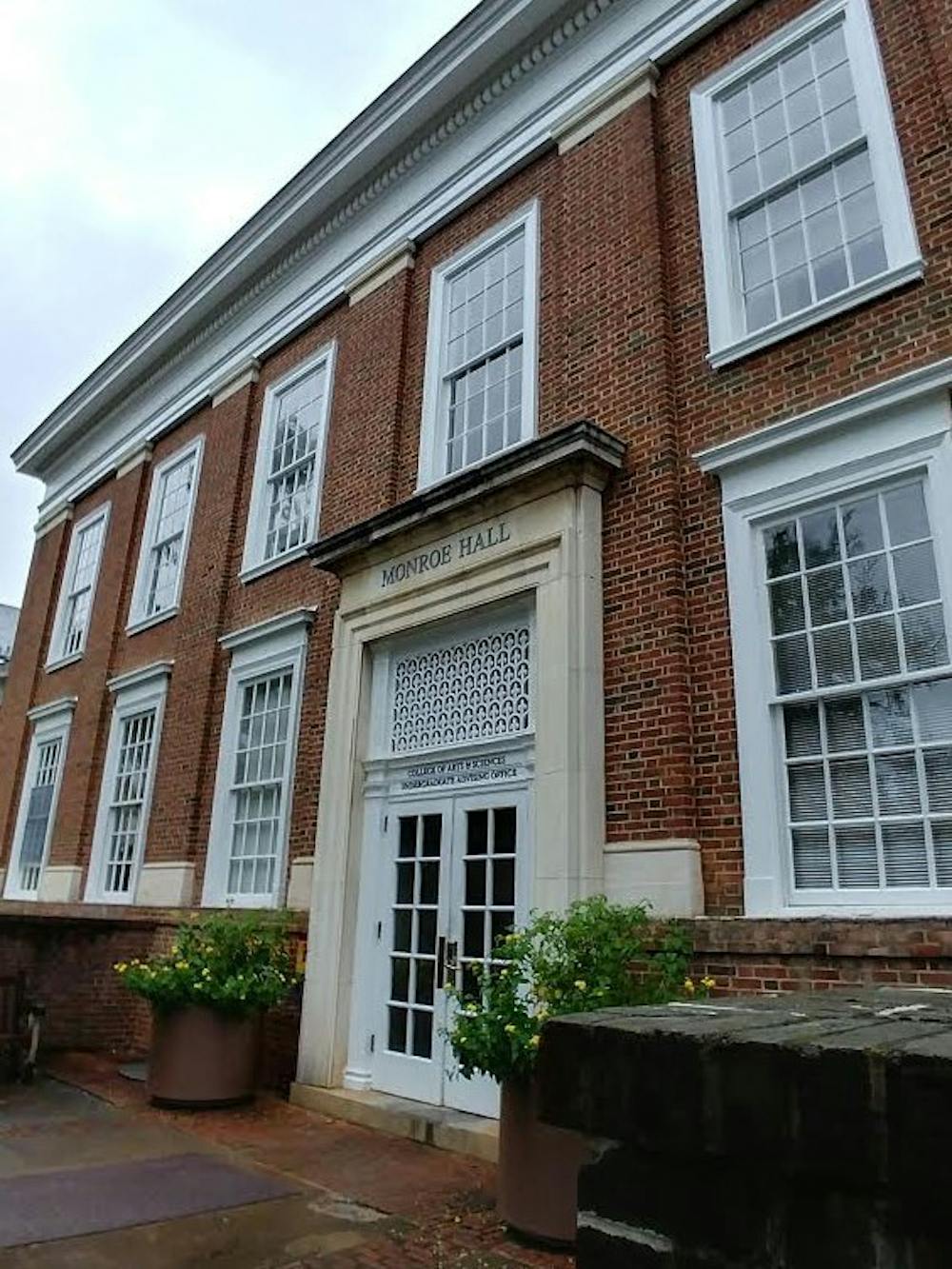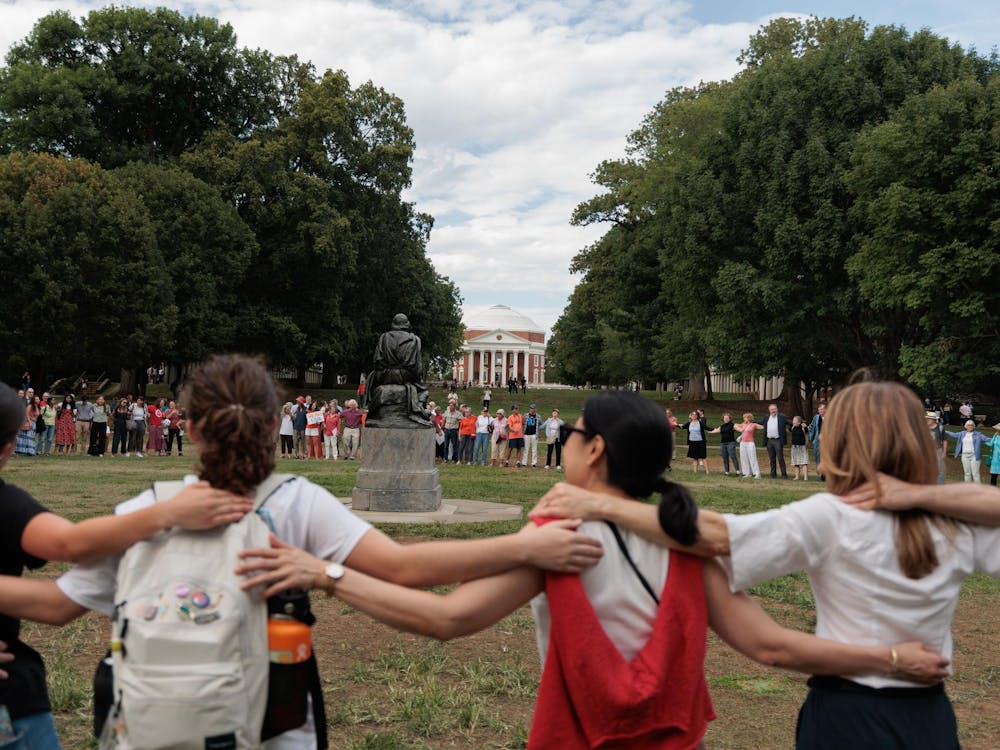In the second year of the implementation of the New College Curriculum — an alternative general education track offered in the College of Arts and Sciences — the number of students enrolled in the program has increased by one third and retention rates have doubled.
The New College Curriculum is one of three undergraduate paths incoming first-year students can choose to pursue in the College, along with the Traditional Curriculum and the Forums Curriculum — which is in its third year.
The New Curriculum is made up of three course components, called Engagements, Literacies and Disciplines, which are all structured to give students a more innovative and interdisciplinary edge to their general education.
The Engagement courses discuss distinct ways to understand one’s surroundings, the Literacies requirement focuses on writing and quantitative skills while the Disciplines requirement offers students a way to explore the various ways of academic learning offered at the University.
This curriculum is taught by a group of College faculty who have chosen to step away from teaching in the traditional curriculum for a period of two years and instead dedicate themselves to this alternative education.
This program is currently in its second year of a three year pilot period that will ultimately decide whether or not the New Curriculum will replace the Traditional Curriculum, or continue to serve as a permanent alternative.
During the 2017-18 academic year, the General Education Assessment Committee in the College of Arts and Sciences conducted a comprehensive evaluation of the New Curriculum investigating the soundness of the curriculum’s structure and sustainability as viewed by students and faculty. The faculty concluded they would continue to support the development of the program.
The results of the evaluation were overwhelmingly positive, though some faculty members expressed concerns about sustainability and scalability, such as issues with faculty recruitment, the impacts of such recruitment on College departments, as well as fears of declining enrollment.
Last year, 600 incoming students — around 16 percent of the class of 2021 — elected to enroll in the New College Curricular pilot program. This year, 800 incoming students, or 22 percent of the class, chose this option.
Of these 800 students currently enrolled, 700 students chose to be in the New Curriculum, and 100 others who indicated that they had no preference of program, were also placed in this Curriculum.
Clarence “Bo” Odom, manager for the curriculum implementation in the College, said the increase in enrollment can be attributed to the new marketing strategies the New Curriculum administrators have employed, including giving presentations on the New Curriculum at Days On The Lawn — the University’s series of informational days in the spring for accepted students — and revamping their website.
This year, Odom said he hoped to further increase these marketing tactics, with the goal of bumping enrollment to between 1,000 and 1,200 students.
Not only have enrollment numbers been on the rise, but retention rates have also climbed.
Last year, 10 percent of enrolled students switched out of the New Curriculum and into the Traditional Curriculum, however, this year that number dropped to five percent. Incoming students were able to easily switch their chosen curriculum online and submit an application for a different curriculum until June 15 before their first year.
This year, the students who decided to switch out all came from the group of 100 students who were placed into the New Curriculum by default, rather than by choice.
Odom said he considers the shift a “huge success,” as it indicates that the other 700 students who intentionally chose the New Curriculum are happy where they are.
However, Odom added, students last year were primarily left because they were unsure if the program would allow them to potentially transfer to the McIntire School of Commerce, the Batten School of Public Policy and Leadership or other pre-professional tracks.
Margaret Manning, a second-year College student in the New Curriculum, explained her thought process behind the sentiment.
“I personally really liked it just because I felt like it really catered to what I want to study — I’m more liberal arts — but I know a lot of people dropped it after the first semester because they were pre-comm or pre-med,” Manning said. “It just took up too much time in their schedule and it wasn't necessarily helping them learn what they wanted in their major.”
Odom, on the other hand, said the administration has made sure to communicate more clearly to students that the New Curriculum works seamlessly with pre-professional tracks. For instance, the New Curriculum allows students to count up to 15 of the pre-health credits towards their New Curriculum requirement, and the New Curriculum website says students applying to Batten or McIntire will be “equally considered” regardless of their general education curriculums.
According to Odom, the program has not experienced attrition this year related to confusion over access to other academic tracks.
Mcraye Forsyth, a second-year College student who switched out of the New Curriculum after her first semester, said she found the discussion section held once a week with a random assortment of New Curriculum students enrolled in all different courses to be a downside of the curriculum.
According to Odom, the discussion section was a component of the course that many students and faculty suggested needed improvement. This year, Odom said students are no longer required to take a discussion section that covers all of the engagements at once but rather focuses seven weeks on one organizing engagement theme. The four engagements are empirical and scientific engagement, engaging aesthetics, engaging differences and ethical engagement.
However, Anna Tyrrell, a first-year College student in the New Curriculum, said the discussion section still needs work.
“A lot of the discussion section was talking about sort of bland topics, and it wasn't really diving super deep into the topics that we could have been discussion,” Tyrrell said. “It wasn't necessarily super intriguing.”
Janet Spittler, the interim co-director of the New Curriculum, said she believes that while there are some kinks that need to be worked out, there are some elements about the program that are incredibly strong.
Some of these strengths include the small class sizes — ranging on average from between 18 to 35 students — and the Engagement courses, which Spittler compared to capstone projects — the application-based research projects students can undertake in their fourth year.
“Like the program is called, they're pretty engaging courses, so we’ve asked students to do this sort of thing that we might otherwise ask them to do in their fourth-year capstone,” Spittler said. “They're really looking at the complexities of things starting right from their first year.”







